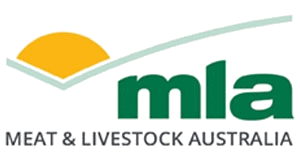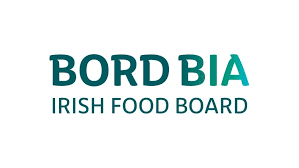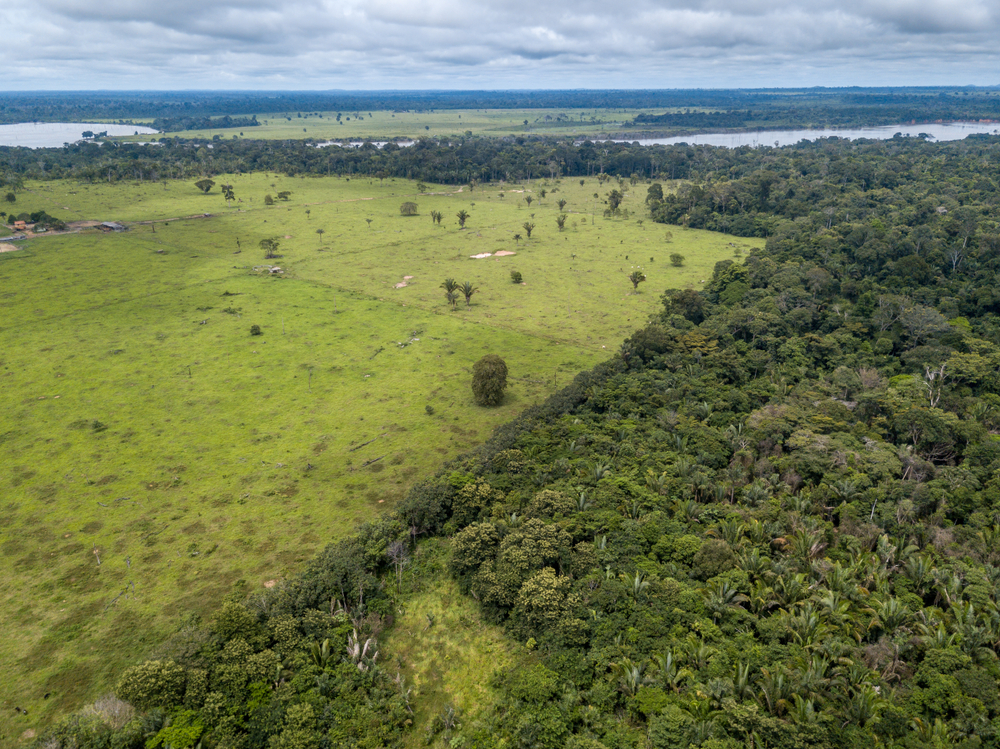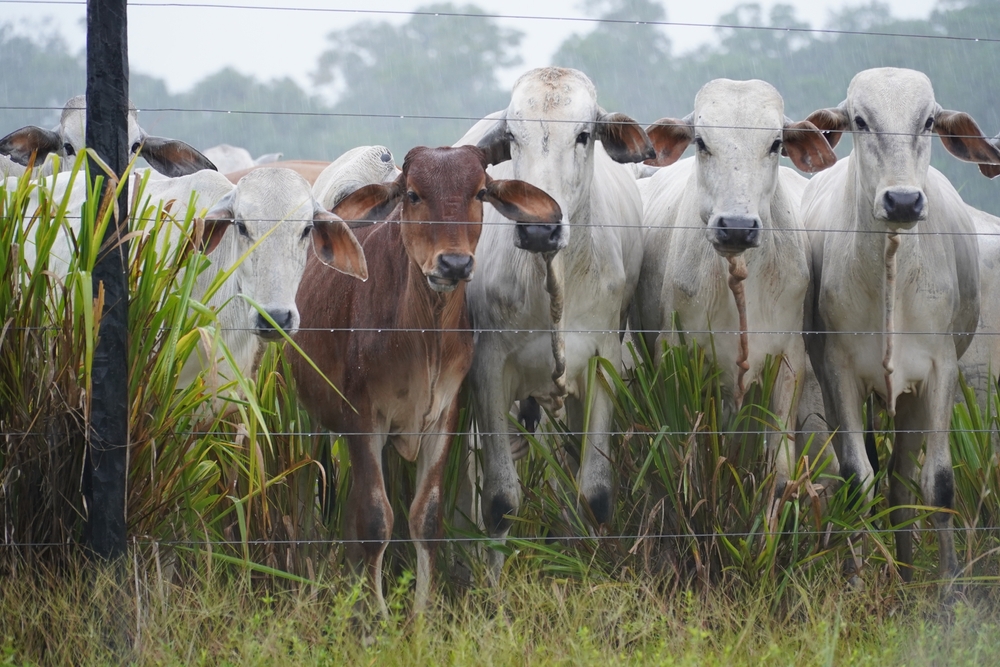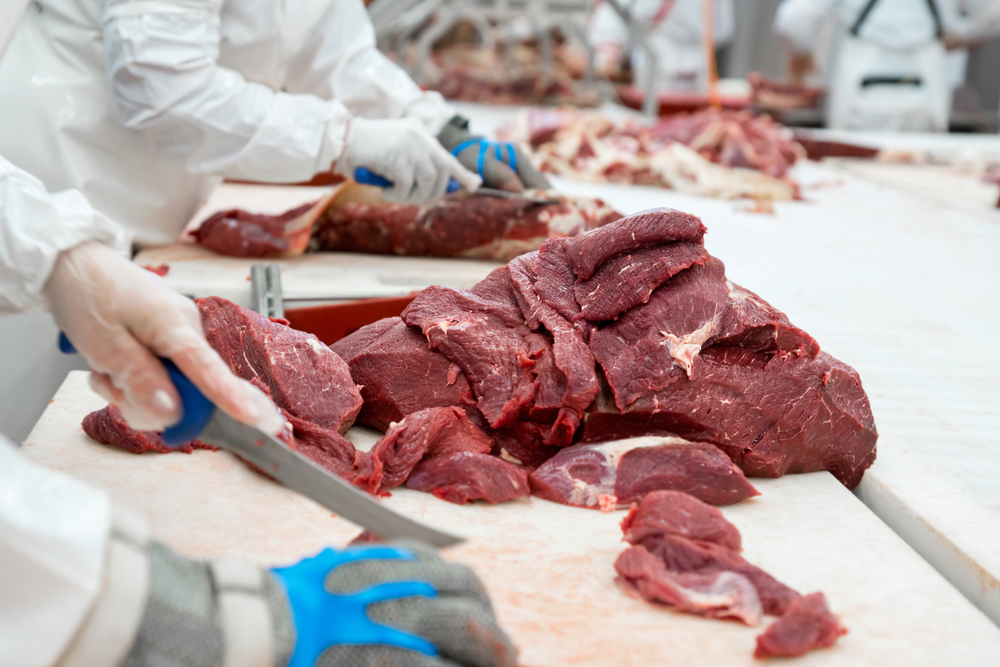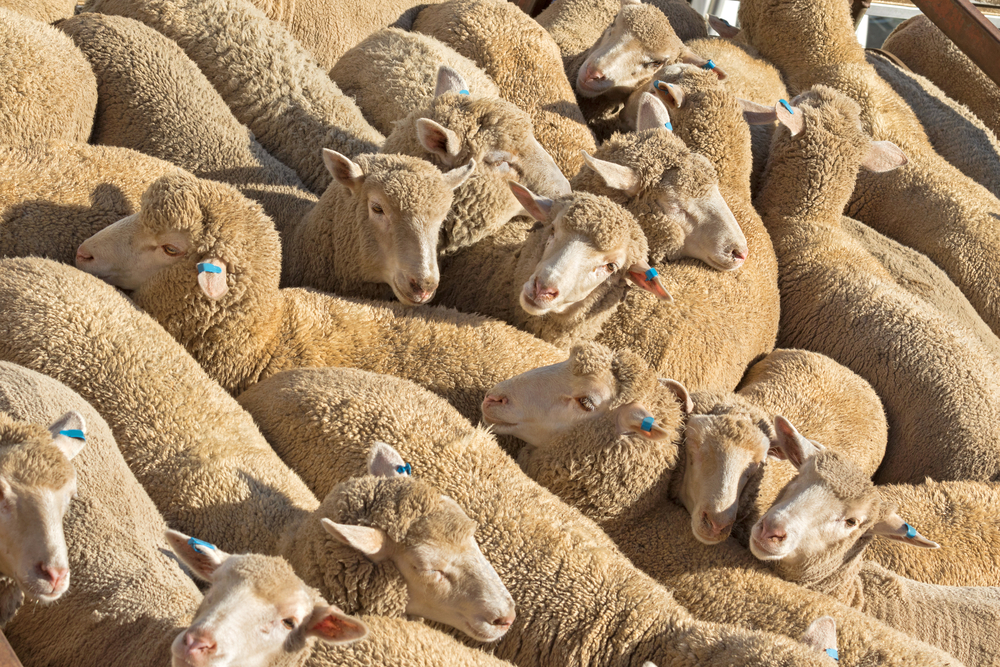Australian Cattle and Sheep Market update
Key points:
- Restocker demand across sheep and cattle returned, with prices rising despite more yardings.
- Quality young restocker lambs lifted above 900¢/kg in Wagga.
- Sheep slaughter reached the highest number since 2006 due to price-driven demand.
Cattle market
The cattle market saw a slight but positive movement across all indicators as yardings eased from 4,784 head to 55,545 head.
Rainfall across south-east Queensland impacted yardings, however, may have also lifted confidence as the Restocker Yearling Heifer price lifted 13¢ to 275¢/kg liveweight (lwt). Prices and yardings were supported by the monthly weaner sales in Blackall, making up over 40% of yardings. Quality and demand through NSW yards resulted in the state’s indicator average reaching almost 30¢ above national prices at 303¢/kg lwt.
Processor Cow prices have flattened out, with throughput down 774 head to 6,864 head over the week. The indicator price lifted 4¢ to 269¢/kg carcase weight (cwt). The elevated markets in Queensland and NSW prompted strength in the indicator; however, the southern states of Victoria, SA and Tasmania have seen consecutive weeks of price easing, likely due to quality being impacted by feed availability.
Sheep market
The sheep and lamb prices were varied this week. Yardings were buoyed by market confidence of the previous week, with over 345,000 sheep and lambs entering saleyards, a 6% lift on the previous week. Sheep numbers remained stable, with the main lift seen in lambs which were up 11% to 233,183, as spring lambs continue to lift. Wagga yarded significant numbers, at 70,000 head with stable prices.
Australia reaches trade deal with UAE to boost agriculture exports
There was a strong demand for restocker animals. National Restocker Indicator throughput lifted 15,823 head to 50,392 head. As traders play into the growing market, a price lift was also seen, with an increase of 31¢ to 740¢/kg cwt. Making up a fifth of the indicator, Wagga saw average prices tipping 830¢/kg cwt and some young light restockers tipping 900¢/kg.
NSW continued to fare well in the markets. Improved quality and returned demand were seen in Victoria due to more buyers present, resulting in prices lifting across all indicators, providing some recovery in prices.
Dwindling supply of heavy export lambs lifted competition in some sales. The National Heavy Lamb Indicator price fell back 15¢ to 846¢/kg cwt, though maintained a decent 36¢ premium to trade weights.
Slaughter
Week ending 25 October 2024
Cattle slaughter lifted slightly after the impressive results seen last week. National figures rose 1,531 head to a total processing of 145,337, the largest kill week since January 2020 and more in line with 2019 weekly averages. Year-to-date, cattle slaughter is tracking 14% above 2023 rates. Most states remained relatively stable week-on-week, with numbers shifting between 0–7%. Queensland maintained throughput, up 1%, once again reaching the state’s largest slaughter since late 2019 at 77,467. There were increases in NSW (34,958), and SA (3,566) and slight reductions seen across Tasmania (4,303), Victoria (22,318), and WA (2,725), with national figures remaining stable.
The Rise of Australian Beef Exports as US Cattle Numbers Decline
After a period of public holidays and scheduled maintenance closures, all reporting plants were reopened and operated for the whole week. Both sheep and lamb figures saw some movement. Combines sheep and lamb slaughter lifted 11% to 688,902 head, the largest kill week since May. Due to a plant coming back online, NSW numbers had the most considerable lift. Lamb slaughter lifted 56% in the state, while sheep slaughter was up 24% week-on-week.
Prices have motivated processors to favour mutton over lamb, causing a 14% week-on-week lift in sheep slaughter to 246,524, the largest sheep slaughter since 2006. NSW matched this record, processing just under 100,000 head for their largest week since 2006. Tasmania doubled its sheep throughput, up 102% to over 4,000 head, SA up 21% to 24,781, and both Victoria and WA up again for 70,272 and 47,741, respectively.
The proportion of sheep to total has lifted to 36%, which is well above long-term and short-term averages as processors continue to capitalise on the price differences.
Attribute to: Erin Lukey, MLA Senior Market Information Analyst
